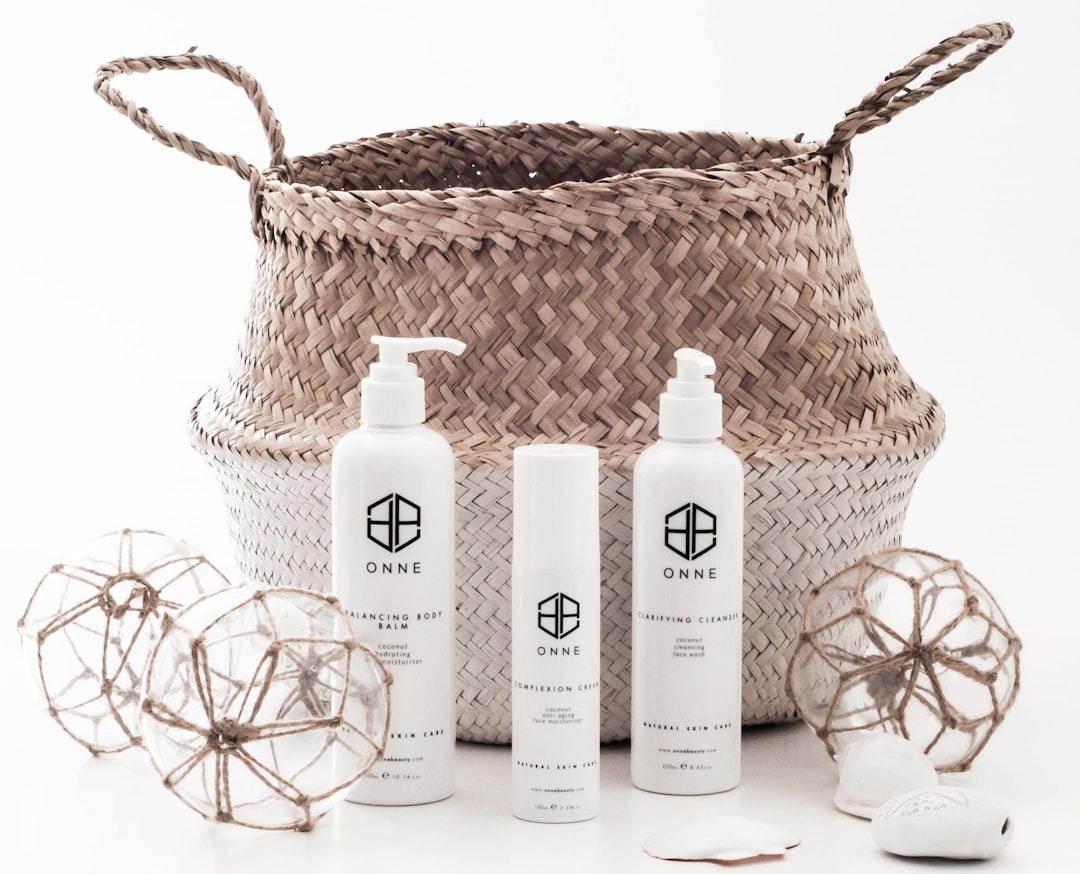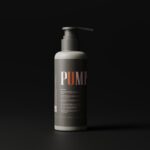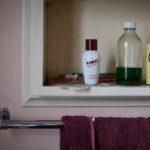After undergoing laser hair removal, it’s essential to grasp what happens to your skin during the recovery phase. The laser targets hair follicles, damaging them to inhibit future hair growth. This process can lead to temporary changes in your skin, including redness, swelling, or even slight discomfort.
Understanding these effects can help you manage your expectations and take appropriate steps to care for your skin afterward. It’s not uncommon to feel a sensation similar to a mild sunburn, which usually subsides within a few hours to a couple of days. As you navigate the post-laser hair removal journey, it’s crucial to recognize that your skin is in a sensitive state.
The laser treatment has altered the hair follicles and may have also affected the surrounding skin. This means that your skin may react differently than it typically would. Being aware of these changes allows you to respond appropriately, ensuring that you promote healing and minimize any adverse reactions.
By understanding the post-treatment landscape, you can better prepare yourself for the necessary aftercare.
Key Takeaways
- Post-laser hair removal process involves shedding of treated hair and potential redness or swelling
- Proper moisturizing and hydration are essential to promote healing and prevent dryness or irritation
- Sun protection is crucial to avoid hyperpigmentation and sunburn in the treated area
- Harsh chemicals and exfoliants should be avoided to prevent further irritation or damage to the skin
- Gentle cleansing and care, such as using mild cleansers and avoiding rubbing or scratching, are important for the treated area’s recovery
Proper moisturizing and hydration
One of the most vital aspects of post-laser hair removal care is ensuring that your skin remains well-hydrated. Moisturizing helps to soothe the skin and can alleviate some of the discomfort you may experience after the procedure. Look for gentle, fragrance-free moisturizers that are designed for sensitive skin.
These products can help restore moisture balance and create a protective barrier over the treated area, which is essential for healing. Applying moisturizer regularly can also prevent dryness and flakiness, which can be common after laser treatments. In addition to topical moisturizers, staying hydrated from within is equally important.
Drinking plenty of water helps maintain your skin’s elasticity and overall health. Hydration supports your body’s natural healing processes, allowing your skin to recover more effectively. Aim for at least eight glasses of water a day, and consider incorporating hydrating foods into your diet, such as fruits and vegetables.
By prioritizing both external and internal hydration, you can significantly enhance your post-laser hair removal experience.
Sun protection and avoiding sun exposure
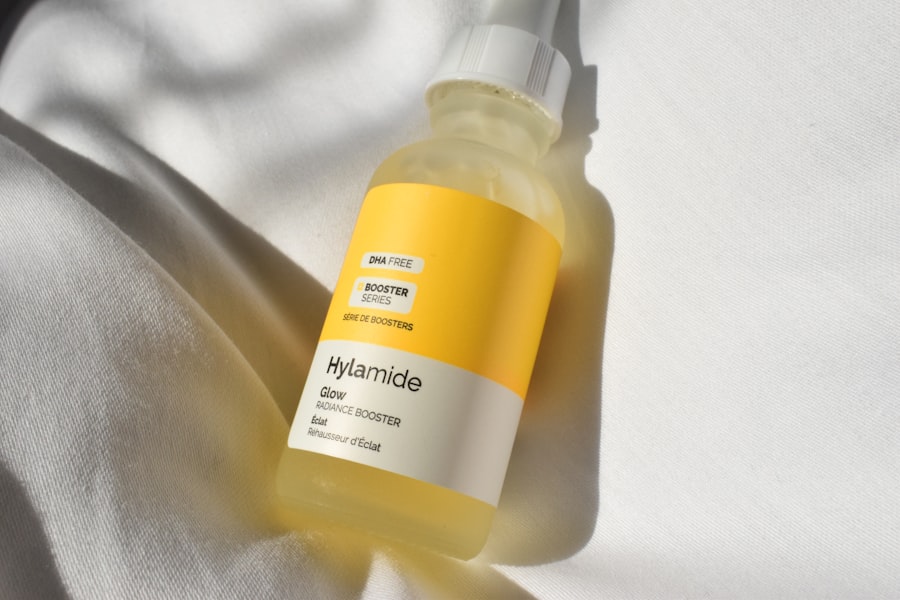
Sun protection is paramount after laser hair removal, as your skin will be particularly vulnerable to UV rays during the healing process. Exposure to sunlight can lead to pigmentation changes, irritation, and even prolonged redness in the treated areas. To safeguard your skin, it’s advisable to avoid direct sun exposure for at least two weeks following your treatment.
If you must go outside, wearing protective clothing and seeking shade can help minimize risks. In addition to avoiding sun exposure, applying a broad-spectrum sunscreen with an SPF of 30 or higher is crucial. Look for sunscreens that are specifically formulated for sensitive skin, as they are less likely to cause irritation.
Apply sunscreen generously to the treated areas every two hours when outdoors, even on cloudy days. This proactive approach not only protects your skin but also promotes a smoother recovery process, allowing you to enjoy the benefits of laser hair removal without the worry of sun damage.
Avoiding harsh chemicals and exfoliants
| Metrics | Data |
|---|---|
| Percentage of people avoiding harsh chemicals | 75% |
| Percentage of people using exfoliants | 40% |
| Number of skincare products labeled as “chemical-free” | 120 |
After laser hair removal, your skin is in a delicate state, making it essential to avoid harsh chemicals and exfoliants that could exacerbate irritation or disrupt the healing process. Products containing alcohol, retinoids, or strong acids should be set aside for the time being. These ingredients can strip away natural oils and lead to increased sensitivity or redness in the treated areas.
Instead, opt for gentle cleansers and soothing products that are free from irritants. Exfoliation is another area where caution is warranted. While regular exfoliation can be beneficial for maintaining healthy skin, it’s best to avoid scrubs or chemical exfoliants for at least a week after your treatment.
Your skin needs time to heal without additional stressors. Once you feel confident that your skin has recovered, you can gradually reintroduce gentle exfoliation into your routine, but always listen to your skin’s needs and adjust accordingly.
Gentle cleansing and care for the treated area
Cleansing the treated area with care is crucial in the days following laser hair removal. You want to ensure that you’re removing any impurities without causing further irritation. Use a mild, fragrance-free cleanser that won’t strip your skin of its natural moisture.
When washing the area, be gentle; avoid scrubbing or using abrasive materials that could aggravate sensitivity. Instead, use your fingertips to apply the cleanser softly and rinse with lukewarm water. After cleansing, pat the area dry with a soft towel rather than rubbing it vigorously.
This gentle approach helps prevent unnecessary friction on sensitive skin. Following cleansing, apply a soothing moisturizer to lock in hydration and support the healing process. By adopting a gentle cleansing routine, you can help maintain the integrity of your skin while promoting optimal recovery after laser hair removal.
Managing any potential discomfort or irritation
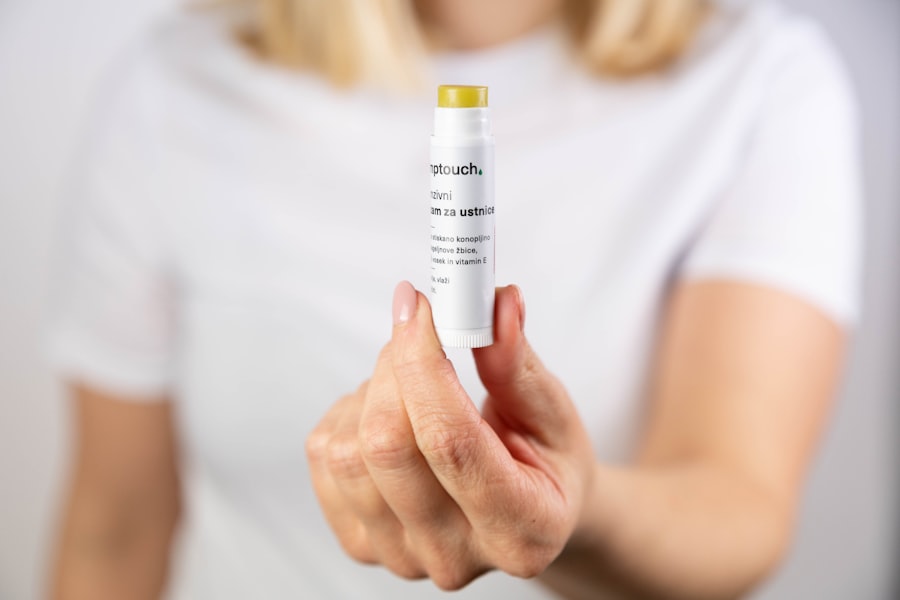
Immediate Relief with Cold Compress
If you find that your skin feels particularly sensitive or inflamed, applying a cold compress can provide immediate relief. Simply wrap ice in a clean cloth or use a gel pack and gently place it on the affected area for short intervals. This can help reduce swelling and soothe any burning sensations.
Pain Relief Medications
Over-the-counter pain relief medications like ibuprofen or acetaminophen can also be beneficial if you’re experiencing significant discomfort. Always follow the recommended dosage instructions on the packaging and consult with your healthcare provider if you have any concerns about taking medication post-treatment.
Monitoring for Unusual Symptoms
Additionally, if you notice any unusual symptoms such as excessive swelling or signs of infection, don’t hesitate to reach out to your practitioner for guidance.
Following the recommended aftercare routine
Adhering to the recommended aftercare routine provided by your practitioner is essential for achieving optimal results from your laser hair removal treatment. Your provider will likely give you specific instructions tailored to your individual needs based on your skin type and treatment area. Following these guidelines diligently can significantly enhance your recovery experience and ensure that you reap the full benefits of the procedure.
Incorporating these aftercare practices into your daily routine may require some adjustments initially, but they are crucial for maintaining healthy skin post-treatment. Whether it’s applying moisturizer regularly or avoiding certain products, each step plays a role in promoting healing and preventing complications.
Scheduling follow-up appointments and maintaining skin health
Finally, scheduling follow-up appointments with your practitioner is an important aspect of maintaining skin health after laser hair removal. These visits allow your provider to assess how well your skin has healed and determine if additional treatments are necessary for optimal results. Regular check-ins can also help address any concerns you may have about your recovery process or ongoing skincare needs.
In addition to follow-up appointments, maintaining a consistent skincare routine is vital for long-term health and appearance of your skin. Incorporate nourishing products that support hydration and protection while avoiding those that could irritate or damage sensitive areas. By prioritizing both professional guidance and personal skincare practices, you can ensure that your post-laser hair removal journey is successful and that you enjoy lasting results from your treatment.
In conclusion, understanding the post-laser hair removal process is key to ensuring a smooth recovery experience. By focusing on proper moisturizing and hydration, sun protection, gentle cleansing, and following recommended aftercare routines, you can effectively manage any discomfort while promoting healthy skin. Remember that patience is essential during this time; give your skin the care it needs to heal properly while enjoying the benefits of smoother skin in the long run.
If you’re looking for more information on laser hair removal treatments, you may want to check out this article on inlaserhairremoval.
com/blog/’>common myths about laser hair removal. This article debunks some of the misconceptions surrounding the procedure and provides valuable insights for those considering laser hair removal. It’s always important to stay informed and educated when it comes to skincare treatments like laser hair removal.
FAQs
What is laser hair removal?
Laser hair removal is a cosmetic procedure that uses a concentrated beam of light (laser) to remove unwanted hair. The laser targets the pigment in the hair follicles, damaging them and inhibiting future hair growth.
How does laser hair removal affect the skin?
Laser hair removal can cause temporary redness, swelling, and irritation in the treated area. In some cases, it can also lead to changes in skin pigmentation or blistering.
What are some tips for taking care of the skin after laser hair removal treatment?
1. Keep the treated area clean and dry.
2. Avoid sun exposure and use sunscreen with a high SPF.
3. Avoid hot showers, saunas, and steam rooms.
4. Use gentle, non-irritating skincare products.
5. Avoid picking or scratching the treated area.
6. Apply soothing creams or aloe vera gel to reduce irritation.
7. Avoid tight clothing that may irritate the skin.
8. Follow any specific aftercare instructions provided by your dermatologist or skincare professional.
How long does it take for the skin to recover after laser hair removal?
The skin typically recovers within a few days to a week after laser hair removal treatment. However, it may take longer for some individuals, depending on their skin type and the intensity of the treatment.
Are there any long-term effects of laser hair removal on the skin?
In some cases, laser hair removal can cause changes in skin pigmentation or scarring. However, these are rare and can often be minimized by choosing a reputable and experienced provider for the treatment.




